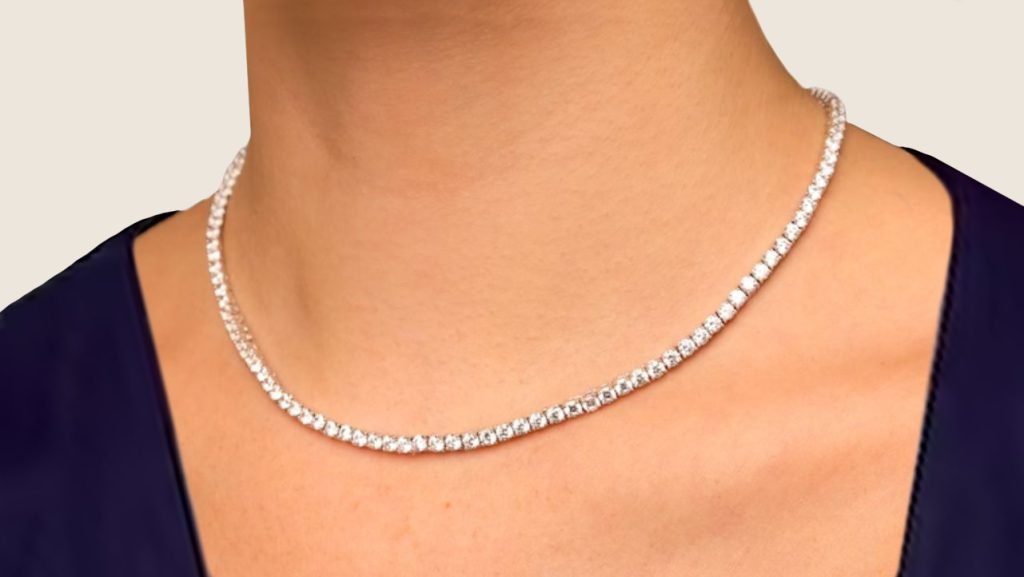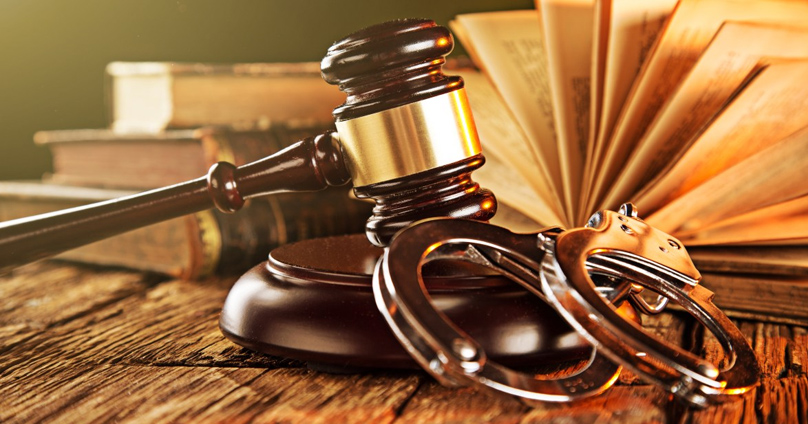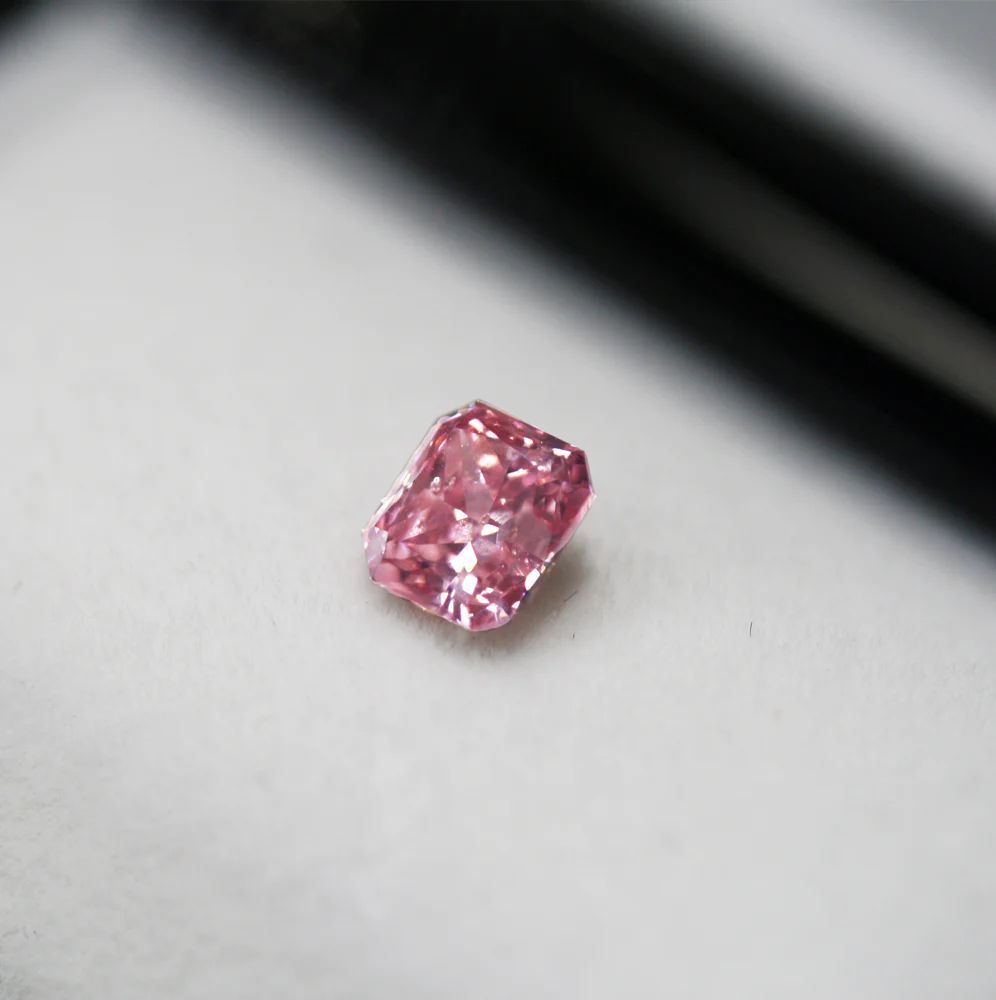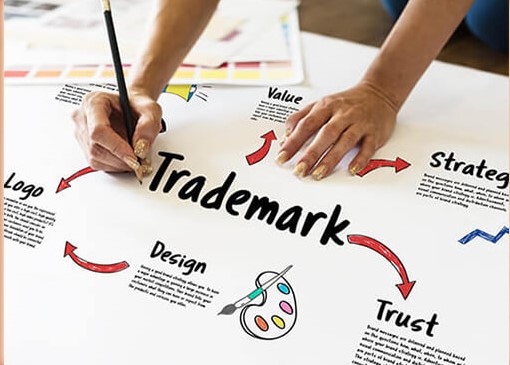In California, one younger than 21 is a juvenile (18 in certain counties). In 2018, the Department of Justice reported that 17,200 minors under the age of 17 were arrested on felony charges. Over 50% of them were Black and 36% Latino. Juvenile crime is no joke, as a potential conviction can have devastating consequences on your child’s life.
The Legal Proceedings: Despite popular beliefs, not all states permit the utilization of juvenile bail. For juvenile courts, reintegration and rehabilitation are prioritized over punishment. Freedom to walk free before their trial is solely dependent on the decision of the court.
- In California, judges are free to require bail based on their discretion. A judge might readily sentence a minor depending on circumstantial evidence.
- In serious crimes, a juvenile above the age of 16 may be moved to criminal court and attempted as a grown-up. In these cases, they will be provided appropriate bail rights. Juvenile bail has similar limitations and prerequisites as normal bail.
- Juvenile bail bonds usually involve the parent or legal guardian of the adolescent to sign on their behalf. This holds them responsible for all court appearances of the child. Allegedly, courts impose bail to give a child the “taste of incarceration”.
Getting Bailed Out: In California, a juvenile can obtain bail bonds Rancho Cucamonga to get out of the prison system and wait for a fair trial. The process of getting bailed out is hassle-free and quick, and most importantly, confidential to ensure the child’s safety and reputation. Unnecessary detention can devastate one’s mental health and future opportunities, and these businesses are aware of that. They will stay by your side through the entire process and make sure that the child does not pay dearly for a small mistake.
- Juvenile bail varies from $250 to $25,000 and is usually lesser compared to adult bail for similar offenses. The non-refundable fee, which is 10-15% of the total bail amount, is not a barrier for most families.
- The American Bar Association, through the 112D resolution, urged local governments to prohibit the use of financial conditions or collateral for pre-trial release of juvenile cases. This resolution was taken at the 2017 HOD Annual Meeting. The Office of Juvenile Justice Delinquency and Prevention (OJJDP) has emphasized that an effective juvenile justice system does not use detention as a sanction.
Usually, juveniles do not have the right to a jury during their trial, so you must bail them out as soon as possible. Prepare them for court. Erratic bail determinations can undermine the juvenile justice system’s focus on psychosocial support and youth success. Studies show that black teens are often at the target of racial bias and police brutality. The discrimination is rampant in the legal system as well. A black teen is more likely to get severe sentencing compared to a white teen with a similar crime background. That is why, as a parent, you must ensure that your child gets a fair trial.



















